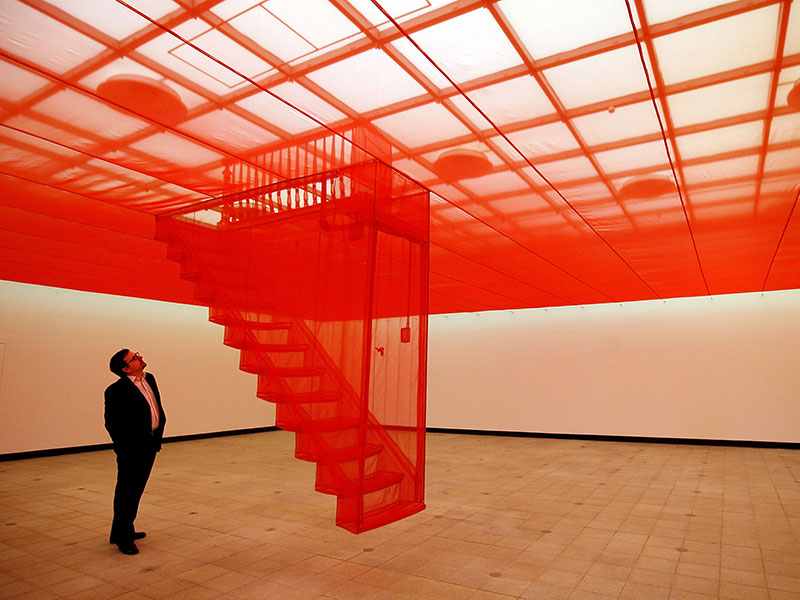
Oily Cash mobs invading The British Museum, or protesters scattering 40,000 ‘snowflakes’ in the Science Museum, bear witness to the potential problems of corporate arts sponsorship. Every day, yet another request for sponsorship arrives on the desks of CEOs. Arts organisations are always in desperate need of money whether it be to stage an exhibition, a production, a musical event or support some form of community cultural involvement.
Sponsorship is, after all, a two-way relationship, creating benefits for both partners
Making the right decision can be tricky for business owners. Yes, you will undoubtedly get publicity – but will it be the right type of publicity? All too frequently, arts sponsorship can result in some unwelcome attention from protestors or criticism from your investors who feel you may be wasting their money. Art of any kind is a very emotional subject, as everyone has totally different views. What may appeal to one person, will not necessarily entice others. Controversial art can result in a lot of negative publicity. Then there is the thorny question of ethics and how far a cultural organisation or theatrical production can remain independent when a company foots the bill. As if that is not difficult enough, CEOs also have to decide between potentially hundreds of requests from organisations large and small. The amount of calls on company sponsorship budgets can be huge.
Achieving that fine balance between your company’s need for publicity and the requirements of a cultural organisation can feel like walking a tightrope! No matter whether you are contributing millions or just a small sum, every sponsor has a right to expect some kind of positive payback. Sponsorship is, after all, a two-way relationship, creating benefits for both partners.
What you get in return can vary considerably so it is worth thinking creatively about what a sponsorship opportunity can offer your company. It is not just a matter of getting your company’s name in front of a much larger audience than usual. For example at The National Theatre, sponsorship can include opportunities to preview sets and costume designs. Rufus Norris’s film adaptation of its production, London Road, even offered the opportunity for sponsors to take part as extras! While at the Royal Liverpool Philharmonic Orchestra companies can ‘adopt a musician’ and develop a relationship with the orchestra, and The National Gallery offers corporate benefactors sponsoring £35,000 annually two dinners or two receptions within their galleries.
Multi-million pound sponsorship linked to big, high profile events such BP’s sponsorship of exhibitions at The British Museum offers lots of opportunities for hospitality and publicity – good and bad. The Art Not Oil Coalition and other environmentalist groups are proving very creative in their opposition. At the Total-sponsored Louvre in Paris, visitors have been leaving eye catching origami birds, while The Van Gogh museum in Amsterdam (sponsored by Royal Dutch Shell) saw young women ceremonially staining their lips with oil pooled in white shells. There has been a 25-hour occupation of Tate Modern, and prominent actors have refused to take part in productions sponsored by companies of which they disapprove.
Yet without business sponsorship, many arts activities would find it impossible to continue. State funding for the arts is constantly decreasing and the government expects businesses to step in and help out. Fortunately, sponsorship can form part of a promotional budget, and can be offset against tax.
The message is clear: businesses need the arts, and the arts need business. Making sure that there is a positive benefit for both is extremely important. Choosing wisely and ensuring that the arts activity matches the style and aims of your company will ensure maximum benefit for all.

